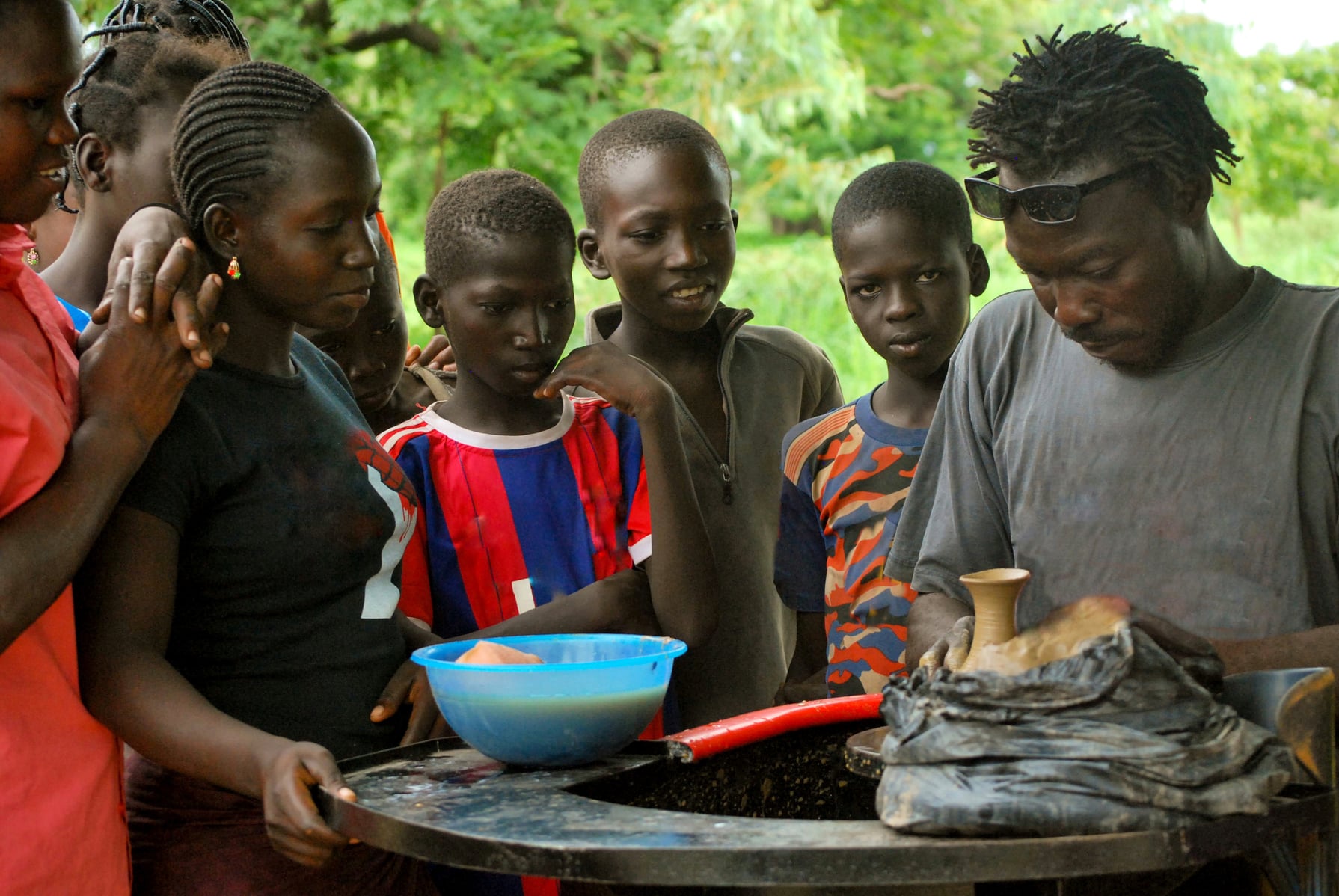What’s the Role of Neuromuscular Electrical Stimulation in ACL Rehabilitation?

From professional athletes to everyday fitness enthusiasts, anterior cruciate ligament (ACL) injuries are a common, yet debilitating occurrence. Rehabilitation post-ACL reconstruction often poses an uphill battle, requiring time, patience, and effective techniques to restore strength and mobility. One intriguing method that has been gaining prominence in rehabilitation protocols is Neuromuscular Electrical Stimulation (NMES). This article delves into the role of NMES in ACL rehabilitation, underscoring its impact on muscle strength and functionality.
Understanding ACL Injuries and Rehabilitation
ACL injuries are prevalent in sports that involve sudden stops or changes in direction. The ACL, located in the knee joint, is responsible for stabilizing the femur against excessive forward movement or inward rotation. When the ACL tears, it results in knee instability, hampering an individual’s ability to perform routine movements. ACL injuries often necessitate surgical intervention, followed by extensive rehabilitation.
A lire aussi : How Does a High-Protein Diet Affect Performance in Collegiate Wrestlers?
Rehabilitation following ACL reconstruction aims to restore knee function, improve mobility, and bolster quadriceps strength. A critical aspect of ACL rehabilitation is the retraining of the quadriceps femoris muscle group. These muscles, located at the front of the thigh, play a significant role in knee stabilization and strength. However, regaining quadriceps strength after surgery is often a challenge due to muscle atrophy and neuromuscular inhibition.
Neuromuscular Electrical Stimulation in Rehabilitation
Neuromuscular electrical stimulation (NMES) has emerged as a promising adjunct to traditional rehabilitation approaches. NMES is a form of electrical muscle stimulation that uses a device to send electrical impulses to the muscles, eliciting a muscle contraction. The main objective of NMES is to strengthen weakened muscles and restore functionality.
A découvrir également : How Can Real-Time Tracking Optimize In-Game Performance for Cricket Bowlers?
The quadriceps femoris, particularly the vastus medialis obliquus, often exhibits strength deficits following ACL reconstruction. Therefore, the application of NMES to the quadriceps has been studied extensively. NMES can stimulate these muscles even in conditions of neuromuscular inhibition, making it a valuable tool in ACL rehabilitation.
The Role of NMES in ACL Rehabilitation
The utilization of NMES in ACL rehabilitation stems from its potential to enhance strength recovery. NMES can address the post-surgical quadriceps weakness, thereby facilitating improved knee function. It’s believed to accomplish this through several mechanisms.
Firstly, NMES can elicit stronger muscle contractions compared to voluntary contractions. This enhanced muscle activation leads to increased muscle strength and mass. Secondly, NMES can improve neuromuscular activation – a critical aspect usually impaired following ACL injuries.
Google Scholar and Crossref host a wealth of research highlighting the beneficial effects of NMES on quadriceps strength after ACL surgery. Several studies have demonstrated that NMES, when combined with traditional physical therapy, can significantly improve strength recovery compared to physical therapy alone.
NMES: An Open Area for Research
While the benefits of NMES in ACL rehabilitation appear promising, it’s still an open area for research. The optimal parameters for NMES application, such as intensity, frequency, and duration, remain to be established. Moreover, the long-term effects of NMES on muscle strength and function, as well as on other outcomes like return to sport, are yet to be fully understood.
The role of NMES in ACL rehabilitation is a burgeoning field with numerous ongoing studies. Future research, with rigorous methodology and large sample sizes, will provide a more definitive picture of the utility of NMES in this context.
Remember, the key to successful ACL rehabilitation lies in a multi-modal approach. NMES, when incorporated as a part of a comprehensive rehabilitation plan, can play a significant role in restoring muscle strength and knee functionality.
Additional Research on NMES and ACL Rehabilitation
Research into the use of NMES for ACL rehabilitation is continuously evolving with many studies available on platforms like Google Scholar, Crossref, and PubMed. These studies often focus on the impact of NMES on muscle strength, particularly in the quadriceps femoris, post-ACL reconstruction.
One of the major challenges in ACL rehabilitation is the restoration of quadriceps strength and muscle function. According to a study published in Phys Ther, NMES can complement traditional rehabilitation exercises by stimulating the quadriceps muscle, even when neuromuscular inhibition is present. This feature of NMES can be instrumental in accelerating the recovery of muscle strength.
Several research studies have used a control group approach to compare the effects of NMES plus traditional physical therapy to physical therapy alone. The findings typically highlight that the group receiving NMES shows a more significant improvement in quadriceps strength and knee functionality.
However, the science behind the optimal parameters for the application of NMES in ACL rehabilitation is not yet fully understood. Factors such as the frequency, intensity, and duration of NMES treatments appear to influence the outcomes, but the most effective combination of these parameters is still under investigation.
While NMES has shown promising results in ACL rehabilitation, it is essential to note that it should not replace traditional rehabilitation exercise but should be used as an adjunct to enhance outcomes.
Conclusion: The Future of NMES in ACL Rehabilitation
The role of Neuromuscular Electrical Stimulation (NMES) in the rehabilitation of anterior cruciate ligament (ACL) injuries is increasingly being recognized. Its ability to stimulate muscle contractions even in the presence of neuromuscular inhibition offers a significant advantage in restoring quadriceps strength and knee function post-ACL reconstruction.
However, as with any relatively new technique, more research is needed to refine its application. Future studies should aim to identify the optimal parameters for NMES application in ACL rehabilitation, including intensity, frequency, and duration. In addition, further research is needed to understand the long-term effects of NMES on muscle function and return-to-sport outcomes.
Overall, NMES could change the landscape of ACL rehabilitation. When incorporated as part of a comprehensive approach, including traditional physiotherapy and exercise, NMES has the potential to significantly improve the outcomes of ACL rehabilitation. As research progresses and our understanding deepens, NMES is poised to become a standard component in the arsenal of ACL rehabilitation strategies.
